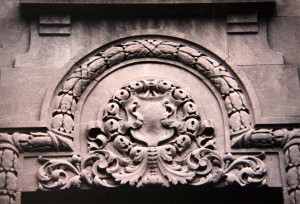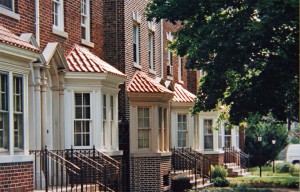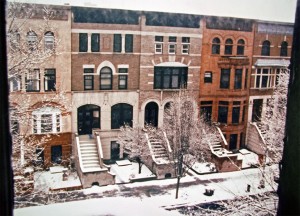Brooklyn’s Brave New World Repertory Theatre will kick off its inaugural season of the Brave New World Shakespeare Festival in Prospect Park with four staged readings of As You Like It FREE to the public on Thursdays beginning on July 22, 29, August 5 and 12 at 5pm. Free events for children including a storybook hour of As You Like It for kids 3-6 and workshops for children 7-12 will begin at 4pm before the performances. As You Like It will take place at The Oriental Pavilion in the southeast corner of the park. Enter at the Lincoln Road or Parkside entrances. Prospect Lefferts Gardens residents once again have easy access to the best of Brooklyn’s cultural offerings.
The readings will be performed in the round, as Shakespeare’s plays were originally presented. There will be seating for 99, with additional standing room also available.
Known for its bold and critically acclaimed productions, Brave New World already has plans to expand their Shakespeare Festival and mount a full production of a yet un-determined play in Prospect Park in summer 2011, according to Claire Beckman, BNW’s Producing Artistic Director. Commenting on this inaugural season, Ms. Beckman says, "The pastoral setting of As You Like It lends itself perfectly to performing outdoors, and the indoor court scenes will also work beautifully in the majestic Oriental Pavilion which is an open air venue that can shelter a large cast and audience from a light summer rain.” She notes that “the play features one of Shakespeare’s most famous speeches, ‘All the world’s a stage,’ which is certainly Brave New World’s philosophy, and why we enjoy bringing theater to every corner of the Borough of Brooklyn."

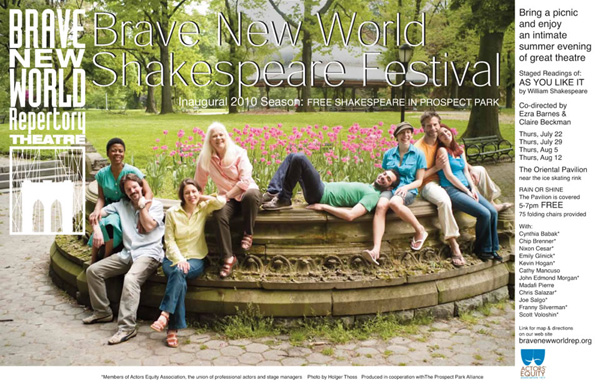
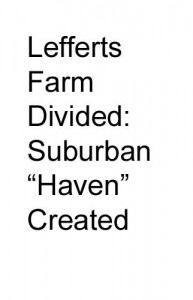 John Lefferts died in 1895 marking a turning point in the transition of rural farm lands to suburban residences. Breaking with patrilineal traditions, he willed his property to his seven children who knew the value of the land was in cash, not crop production. Within six months of his death, his heirs carved the land into 600 lots for sale.
John Lefferts died in 1895 marking a turning point in the transition of rural farm lands to suburban residences. Breaking with patrilineal traditions, he willed his property to his seven children who knew the value of the land was in cash, not crop production. Within six months of his death, his heirs carved the land into 600 lots for sale.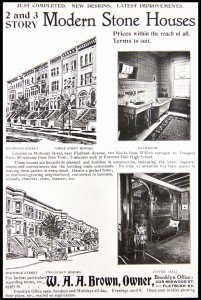
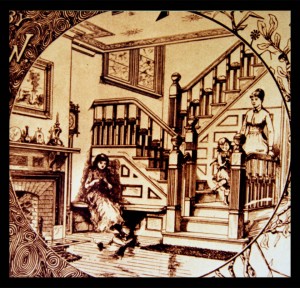
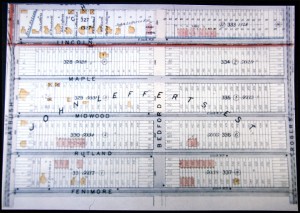
 Prospect Lefferts Gardens Community Supported Agriculture is a partnership between people in our Brooklyn neighborhood and
Prospect Lefferts Gardens Community Supported Agriculture is a partnership between people in our Brooklyn neighborhood and  By the end of the 19th Century, factories rather than farms became the dominant mode of production in the United States. As the industrializing city became more congested and polluted, the notion of the single-family house as haven from the pressures of city life, apart from offices and factories, and as a place for the family to gather became increasingly popular. For middle-class New Yorkers, the protected environment of the family home gained the status of a cultural ideal. This led to a demand for new living spaces, transforming areas such as Flatbush from fields and farming villages to suburban residential developments.
By the end of the 19th Century, factories rather than farms became the dominant mode of production in the United States. As the industrializing city became more congested and polluted, the notion of the single-family house as haven from the pressures of city life, apart from offices and factories, and as a place for the family to gather became increasingly popular. For middle-class New Yorkers, the protected environment of the family home gained the status of a cultural ideal. This led to a demand for new living spaces, transforming areas such as Flatbush from fields and farming villages to suburban residential developments.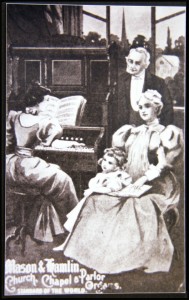
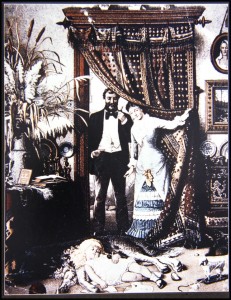
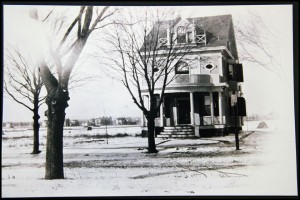
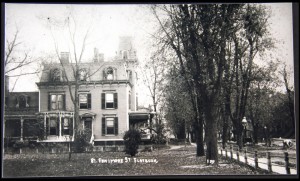
 The architectural structure of Lefferts Manor as a rowhouse neighborhood has survived virtually unchanged since the time of its development. By 1899 four houses were built and sold. 507 homes were constructed between 1905 and 1922. The final three houses were built on Maple Street in 1952.
The architectural structure of Lefferts Manor as a rowhouse neighborhood has survived virtually unchanged since the time of its development. By 1899 four houses were built and sold. 507 homes were constructed between 1905 and 1922. The final three houses were built on Maple Street in 1952.